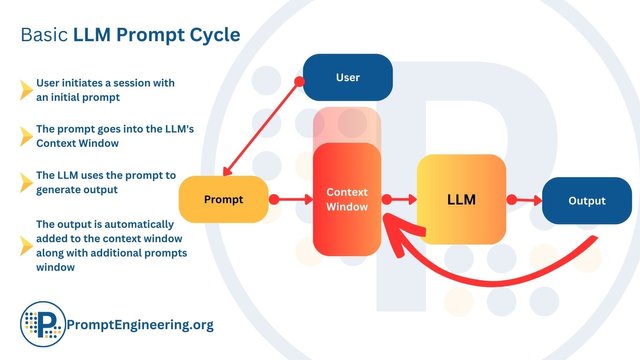LLM stands for "Large Language Model." These are types of artificial intelligence (AI) models that are designed to understand and generate human-like text based on the data they have been trained on. They use advanced techniques in natural language processing (NLP) and machine learning to perform a wide range of tasks, such as translation, summarization, question answering, and text generation.
Key Characteristics of LLMs
Large Scale: As the name suggests, LLMs are trained on massive datasets that include diverse types of text. The size of the model often refers to the number of parameters (the weights in the model) which can range from millions to billions.
Deep Learning: They use deep learning techniques, specifically neural networks with many layers, which allow them to learn complex patterns in data.
Pre-training and Fine-tuning: LLMs are typically pre-trained on a large corpus of text using unsupervised learning. They are then fine-tuned on specific tasks or smaller datasets with supervised learning to improve their performance on those tasks.
Transformers Architecture: Most modern LLMs, like GPT-4 (which powers ChatGPT), are based on the transformer architecture. This architecture allows for more efficient training and better handling of context over long sequences of text.
Applications of LLMs
- Text Generation: Creating coherent and contextually relevant pieces of text, such as articles, stories, and reports.
- Translation: Translating text from one language to another with high accuracy.
- Summarization: Condensing long documents into shorter summaries while preserving key information.
- Question Answering: Providing precise answers to questions based on the input text.
- Conversational Agents: Powering chatbots and virtual assistants that can engage in human-like conversations.
Examples of LLMs
- GPT (Generative Pre-trained Transformer): Developed by OpenAI, with versions like GPT-3 and GPT-4, which are known for their impressive text generation capabilities.
- BERT (Bidirectional Encoder Representations from Transformers): Developed by Google, focused on understanding the context of words in search queries.
- T5 (Text-to-Text Transfer Transformer): A model by Google that treats every NLP problem as a text-to-text problem, allowing it to be versatile across different tasks.
Challenges and Considerations
- Bias and Fairness: LLMs can sometimes produce biased or unfair outputs because they learn from the data they are trained on, which may contain biases.
- Resource Intensive: Training and deploying LLMs require significant computational resources and energy.
- Interpretability: Understanding how LLMs arrive at their conclusions can be challenging due to their complex nature.
LLMs represent a significant advancement in AI and NLP, enabling a wide range of applications and pushing the boundaries of what machines can achieve with human language.

Congratulations, your post has been upvoted by @upex with a 0.32% upvote. We invite you to continue producing quality content and join our Discord community here. Keep up the good work! #upex
Downvoting a post can decrease pending rewards and make it less visible. Common reasons:
Submit